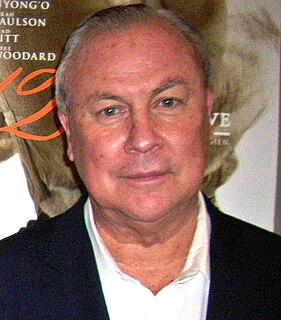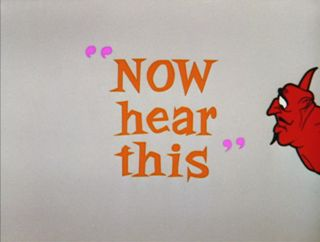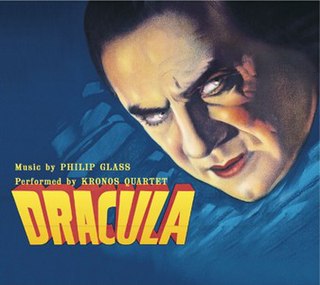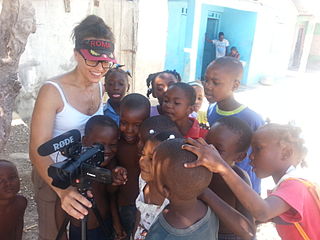
Animation is a method in which figures are manipulated to appear as moving images. In traditional animation, images are drawn or painted by hand on transparent celluloid sheets to be photographed and exhibited on film. Today, most animations are made with computer-generated imagery (CGI). Computer animation can be very detailed 3D animation, while 2D computer animation can be used for stylistic reasons, low bandwidth, or faster real-time renderings. Other common animation methods apply a stop motion technique to two and three-dimensional objects like paper cutouts, puppets, or clay figures.

Computer animation is the process used for digitally generating animated images. The more general term computer-generated imagery (CGI) encompasses both static scenes and dynamic images, while computer animation only refers to moving images. Modern computer animation usually uses 3D computer graphics to generate a two-dimensional picture, although 2D computer graphics are still used for stylistic, low bandwidth, and faster real-time renderings. Sometimes, the target of the animation is the computer itself, but sometimes film as well.

Philip Glass is an American composer and pianist. He is widely regarded as one of the most influential composers of the late 20th century. Glass's work has been associated with minimalism, being built up from repetitive phrases and shifting layers. Glass describes himself as a composer of "music with repetitive structures", which he has helped evolve stylistically.

An animator is an artist who creates multiple images, known as frames, which give an illusion of movement called animation when displayed in rapid sequence. Animators can work in a variety of fields including film, television, and video games. Animation is closely related to filmmaking and like filmmaking is extremely labor-intensive, which means that most significant works require the collaboration of several animators. The methods of creating the images or frames for an animation piece depend on the animators' artistic styles and their field.
The history of animation started long before the development of cinematography. Humans have probably attempted to depict motion as far back as the paleolithic period. Much later, shadow play and the magic lantern offered popular shows with projected images on a screen, moving as the result of manipulation by hand and/or minor mechanics. In 1833, the stroboscopic disc introduced the stroboscopic principles of modern animation, which decades later would also provide the basis for cinematography. Between 1895 and 1920, during the rise of the cinematic industry, several different animation techniques were developed, including stop-motion with objects, puppets, clay or cutouts, and drawn or painted animation. Hand-drawn animation, mostly animation painted on cels, was the dominant technique throughout most of the 20th century and became known as traditional animation.

Einstein on the Beach is an opera in four acts, composed by Philip Glass and directed by theatrical producer Robert Wilson who also collaborated with Glass on the work's libretto. The opera eschews traditional narrative in favor of a formalist approach based on structured spaces laid out by Wilson in a series of storyboards. The music was written "in the spring, summer and fall of 1975". Glass recounts the collaborative process: "I put [Wilson’s notebook of sketches] on the piano and composed each section like a portrait of the drawing before me. The score was begun in the spring of 1975 and completed by the following November, and those drawings were before me all the time." The premiere took place on July 25, 1976, at the Avignon Festival in France. The opera contains writings by Christopher Knowles, Samuel M. Johnson and Lucinda Childs. It is Glass's first and longest opera score, taking approximately five hours in full performance without intermission; given the length, the audience is permitted to enter and leave as desired.
The Philip Glass Ensemble is an American musical group founded by composer Philip Glass in 1968 to serve as a performance outlet for his experimental minimalist music. The ensemble continues to perform and record to this day, under the musical direction of keyboardist Michael Riesman.

Aleksandr Konstantinovich Petrov is a Russian animator and animation director.
Blue Sky Studios, Inc. is an American computer animation film studio based in Greenwich, Connecticut. It is a subsidiary of 20th Century Animation, a division of Walt Disney Studios. Scrat, a character from Ice Age, is the studio's mascot.

Robert Wilson is an American experimental theater stage director and playwright who has been described by The New York Times as "[America]'s – or even the world's – foremost vanguard 'theater artist.'" He has also worked as a choreographer, performer, painter, sculptor, video artist, and sound and lighting designer.

Phil Tippett is an American movie director and Oscar and Emmy Award-winning visual effects supervisor and producer, who specializes in creature design, stop-motion and computerized character animation. Over his career, he has assisted ILM and DreamWorks, and in 1984 formed his own company, Tippett Studio. His work has appeared in movies such as the original Star Wars trilogy, Jurassic Park, and RoboCop. He is currently involved with his ongoing Mad God stop-motion series, which were funded through Kickstarter.

Shakespeare: The Animated Tales is a series of twelve half-hour animated television adaptations of the plays of William Shakespeare, originally broadcast on BBC2 and S4C between 1992 and 1994.

Digital Effects Inc. was an early and innovative computer animation studio at 321 West 44th street in New York City. It was the first computer graphics house in New York City when it opened in 1978, and operated until 1986. It was founded by Judson Rosebush, Jeff Kleiser, Don Leich, David Cox, Bob Hoffman, Jan Prins, and others. Many of the original group came from Syracuse University, where Rosebush taught computer graphics. Rosebush developed the animation software APL Visions and FORTRAN Visions. Kleiser later went on to found Kleiser-Walczak Construction Company, which experimented with creating synthespians and made the animation for Monsters of Grace.
Glenn John McQueen was a Canadian supervisor of digital animation and supervising character animator at Pixar and PDI.
Tubby the Tuba is a 1975 animated musical-comedy film, based on the 1945 children's story for concert orchestra and narrator of the same name by Paul Tripp and George Kleinsinger. It was released on April 1, 1975 by Avco Embassy Pictures.

Now Hear This is a 1963 Warner Bros. Looney Tunes cartoon directed by Chuck Jones and Maurice Noble, and written by Jones and John Dunn. The short was released on April 27, 1963. It was nominated for the Academy Award for Best Animated Short Film in 1963.
A virtual human, virtual persona, or digital clone is the creation or re-creation of a human being in image and voice using computer-generated imagery and sound, that is often indistinguishable from the real actor.

Dracula is a soundtrack performed by the Kronos Quartet, with music composed by Philip Glass, for the 1931 film Dracula.

Diana Walczak is an American sculptor, computer graphics pioneer and filmmaker. She is most famous for creating the original Michael Jackson's HIStory Statue which she sculpted in 1994. She also created the digital representation of the statue for Michael Jackson's album, HIStory: Past, Present and Future, Book I.













